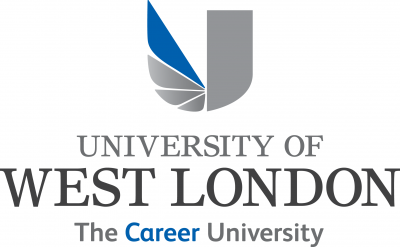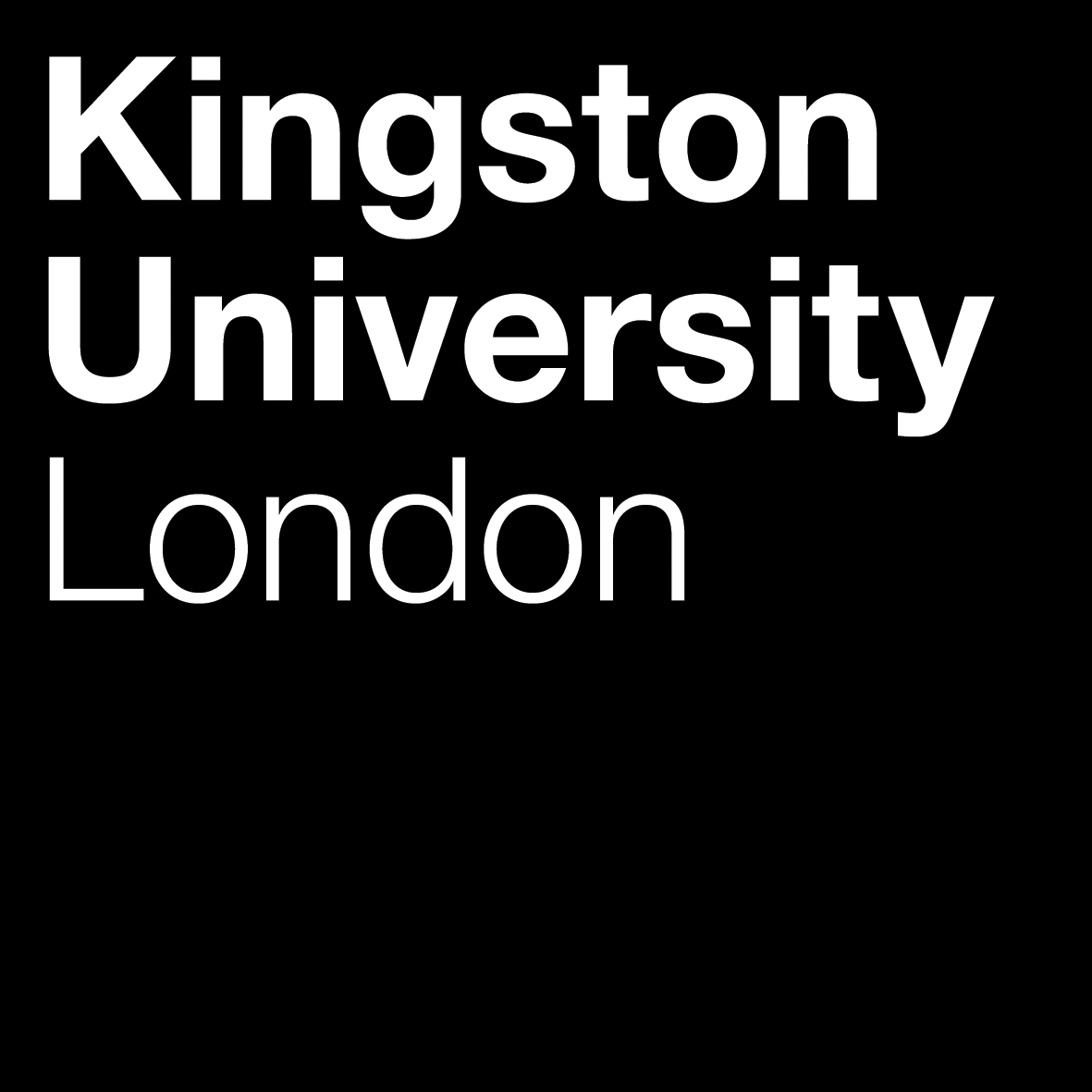1st February, 2023
Transitioning Beyond Academia
Dr Gemma Outen
19th July, 2022
Dr Mark Gray Pro-Vice Chancellor & Director, Knowledge Transfer, Middlesex University
Where is knowledge exchange headed? Assailed by reviews (of the HEBCI, the KEF, and on ongoing funding review), innovations (such as changes to KEF, ‘levelling up’ and place-based funding) and uncertainty about whether government sees KE as more than just a contribution to staving off financial challenges in the higher education, the last two or three years have been a white knuckle ride on a rollercoaster of policy hedging for knowledge exchange practitioners.
However, we now have something to calm the nerves, even if the rollercoaster ride isn’t quite over yet (and surely it isn’t: think Horizon Europe association, for example). Research England has now announced allocations for both QR and HEIF to cover the period from now to the end of the spending review period. Budgets for QR are increased from 2021-22 and maintained for the spending review period, and HEIF formula funding is increased to £260 million ‘to address priorities from the Innovation Strategy and levelling up white paper’.
It’s not just the longer period of certainty, though, that is welcome. There will be two new supplements to HEI – a business/commercialisation supplement (formula funded) with further details published in the autumn, while ‘The RED fund/CCF commercialisation programme replaces the former separate Connecting Capability Fund (CCF) programme’. It will, like CCF, support inter-HEI collaborations in KE but will follow RED processes, so institutions/consortia will have to bid for funding.
The BEIS Specific Guidance to UKRI/RE has the lots of points of interest for KE policy watchers too. UKRI is instructed to ‘promote an increase in university/business research collaboration’ generally (although there still seems to be a lack of policy nuance about which bits matter most) and it is required to ‘support university engagement with the Trusted Research agenda’ and in cybersecurity.
The guidance says that ‘HEIF should support delivery of key government priorities from the Innovation Strategy and Levelling Up White Paper, and complement investments made through other Councils in UKRI’. That suggests the sector would be wise to review HEIF use against these two as principal touchstones.
BEIS says that it ‘welcome[s] [UKRI’s] work considering innovative models to advance developments of entrepreneurial talent that can further the porosity of academia with business’. This is, of course, a significant feature of the new UKRI strategy anyway, but might KE foster some of that interchange? BEIS also notes UKRI’s ‘ongoing attention to the levelling up agenda across your work, including through the UKRI’s place strategy’. The UKRI Place Toolkit (in evolution currently) should help us all think through how to incorporate levelling up/ place into bidding.
An Explainer document suggests how UKRI intends to allocate the top-down budget from BEIS and signals the direction of travel set out in the UKRI strategy by linking the six strategic themes (people and careers, places, ideas, innovation and impacts, and ensuring UKRI is a ‘world-class’ organisation) to planned spending. In thinking about the KE we do, perhaps these dimensions are now more helpful than ever?
So lots of clear signals are being given, even as events in the governing party suggest a new occupant of No 10 may arrive before summer’s end and that there may possibly be a new policy direction after the ‘caretaker’ period. Let’s hang on, though, to the immediate joy of clarity for a moment. That rollercoaster is at least stable for now.
You've been waiting for it and our May newsletter is here! -> bit.ly/3M9ICG6 pic.twitter.com/Iug9eWimQQ





